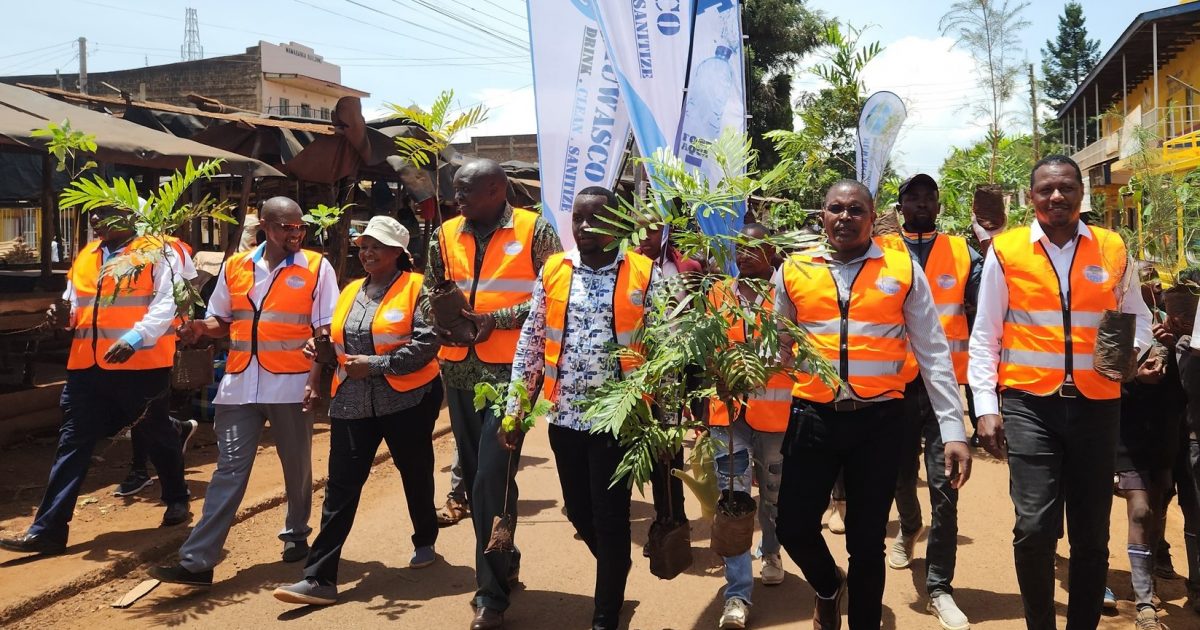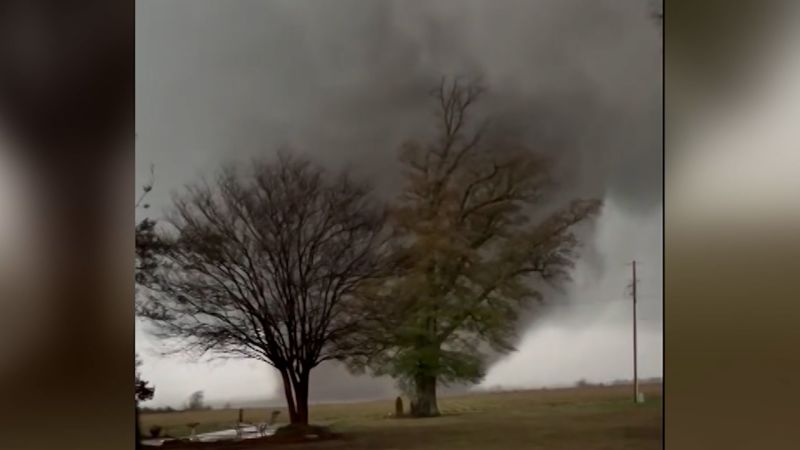
Rancho Palos Verdes residents fondly refer to Palos Verdes Drive South, the main thoroughfare through the Portuguese Bend landslide area, as jumping the ski slope due to the drops in the road caused by the land movement . But recently, it’s become the subject of a different talking point: rumors that the city plans to turn it into a toll road to pay for the damage. In fact, the rumor mill on social media platforms like Nextdoor has gotten so loud that the city is now entering the chat.
In a statement, city officials said they have not decided on the toll road but are conducting a feasibility study to be completed in the summer. The public will then be able to weigh in on the pros and cons of a potential toll for a road that sees about 15,000 vehicles a day. “The city has been approached by individuals who recommend a toll road be considered, but no action to date has been taken on the proposal," the statement added.

David Bradley, the mayor of Rancho Palos Verdes, told LAist some residents recommended a toll road because of how much landslide remediation is costing the city . Bradley said the city has spent more than its annual budget in the last 18 months on fixing problems within the landslide complex, and "it's just not sustainable." The city's feasibility study will look at whether implementing a toll on that road is even possible and will include a cost-benefit analysis.
"The city is just trying to figure out how to best finance the continuing landslide emergency and remediation," Bradley said. "We have had very little support from the county, the state or the federal government." Rohit Passi, a doctor living in the Miraleste neighborhood of Rancho Palos Verdes, commutes on the road and calls it a “lifeline” for the community.
“ I'm very surprised by this conversation around toll roads, because it is a lifeline road, if you will, for many communities in that area,” he said. “[A] toll road is a very, very inequitable and not a good idea because a lot of people rely on that road for daily functioning. We are not going for leisure.
We're going to drop off our children. People are going to work.” Passi uses the road to drop his children off at school each day.
Before land movement started accelerating, he said the commute t was around 9 minutes. But due to erosion of the road, it now takes him around 25 minutes. “ Obviously, the road is not as smooth anymore,” he said.
“There are a lot of bumps on the road. It slows down everybody.” If tolls are implemented, he said, he would have to go around the hill, which would take him about an hour to drop his kids off.
“ My older son is severely autistic, so already it has become so difficult because of increased distance on that road,” Passi said. “I cannot even imagine what would happen if we have to take an alternative route and what it would do to his medical issues.” How we got here Accelerated land movement in the last year has left hundreds of homes without gas and power.
NASA satellite imagery shows land was sliding at a rate of 4 inches a week during a roughly monthlong period last year. Some of that has slowed because of dewatering wells , but it has not totally stopped. The city is looking to buy homes within the landslide complex through FEMA’s Hazard Mitigation Grant program.
The city has received around $42 million through the program, enough for around 23 homes. But applications for the programs are now closed, and homeowners are waiting to find out if their homes will be purchased to be demolished and turned into open space..















